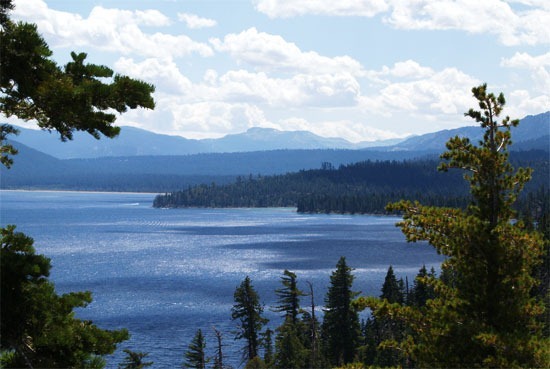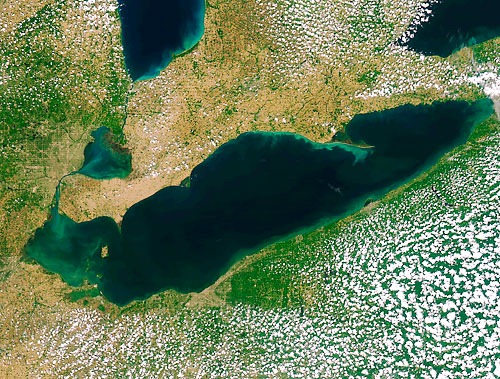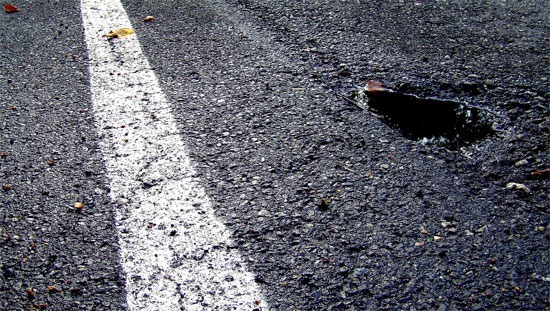For Lake Erie, Agricultural BMPs May Become Less Effective With Climate Change
0Under future climates, agricultural best management practices (BMPs) will become more necessary to help reduce the nutrient inputs to Lake Erie. But according to a study led by scientists at Grace College, those BMPs will likely become less effective.
Researchers made the find after generating simulations with the Soil and Water Assessment Tool, a modeling apparatus supported by the U.S. Department of Agriculture and Texas A&M University. Full results of their investigation, looking at agricultural BMPs in major Lake Erie watersheds, are published in the Journal of Great Lakes Research.
The efforts focused on prominent Lake Erie watersheds because those areas had plenty of quality data to yield reliable models. For the effects of climate, scientists modeled for moderate and pronounced effects.

Bare ground after a bean harvest. (Credit: Steve Davis, Natural Resources Conservation Service)
“Lake Erie requires reductions in nutrient inputs. We know that the land practices in surrounding drainage area impacts these nutrient inputs,” said Nate Bosch, director of the Center for Lakes & Streams at Grace College, and the study’s lead author. “Since the majority of drainage area is agriculture, it made sense to focus on BMPs.”
The investigation matches up well with other efforts looking into climate change impacts on the Great Lakes region. By looking at BMPs, Bosch says he and others can see how those changes interface with land practices.

A seeded winter cover crop. (Credit: Steve Davis, Natural Resources Conservation Service)
“Most surprising was that we found much greater nutrient increases associated with more intense climate change that may indicate a threshold past which climate change may markedly accelerate nutrient export,” said Bosch.
The research shows differences in how watersheds respond to future climate changes. And different management strategies will have to be implemented across watersheds to account for that.
“Under future climates, BMPs become more necessary but less effective,” said Bosch. “However, more BMP implementation still could effectively offset increases in nutrient inputs to Lake Erie.”
Featured Image: Lake Erie Beach. (Credit: Mark Hogan via Creative Commons 2.0)













